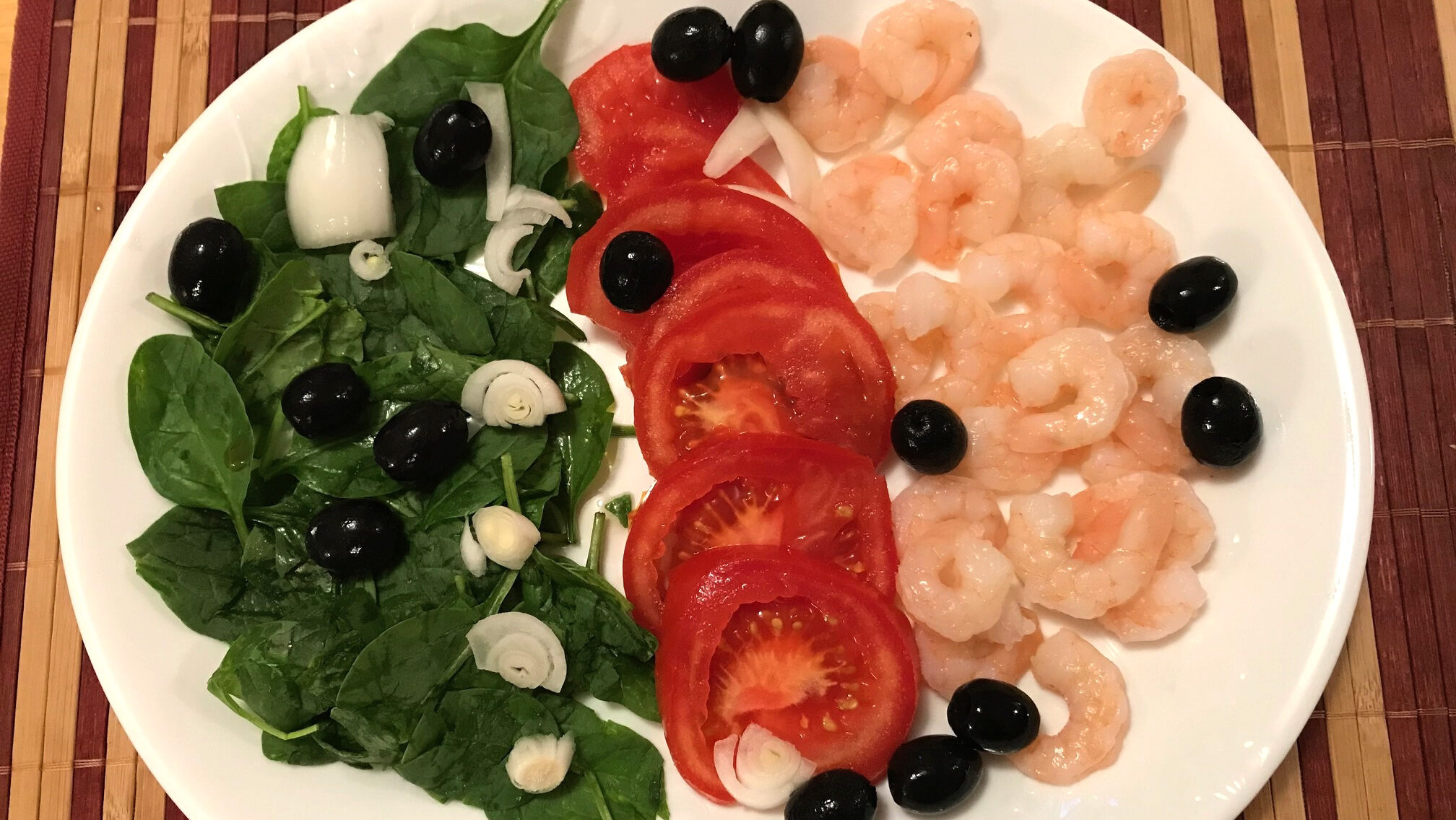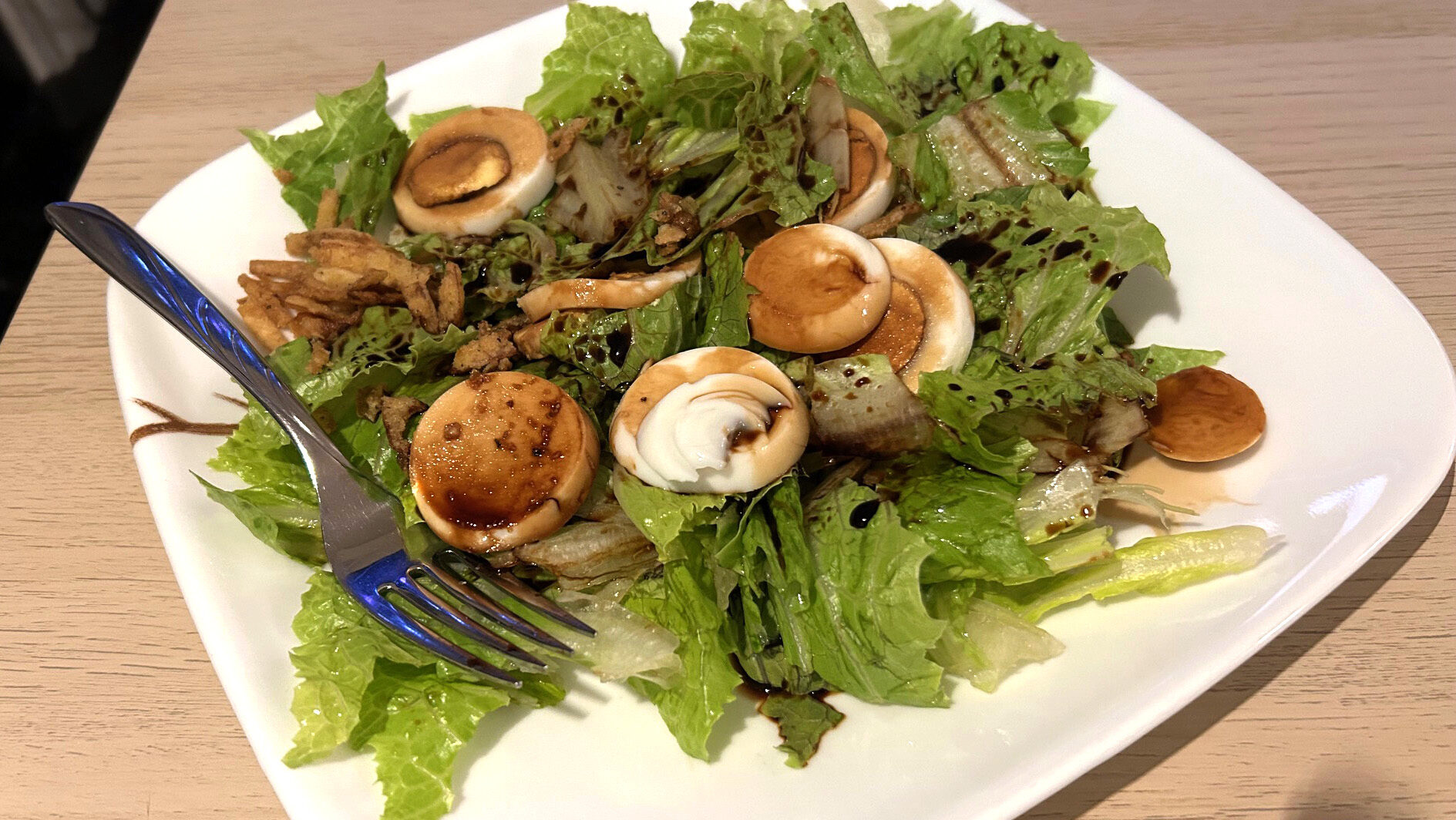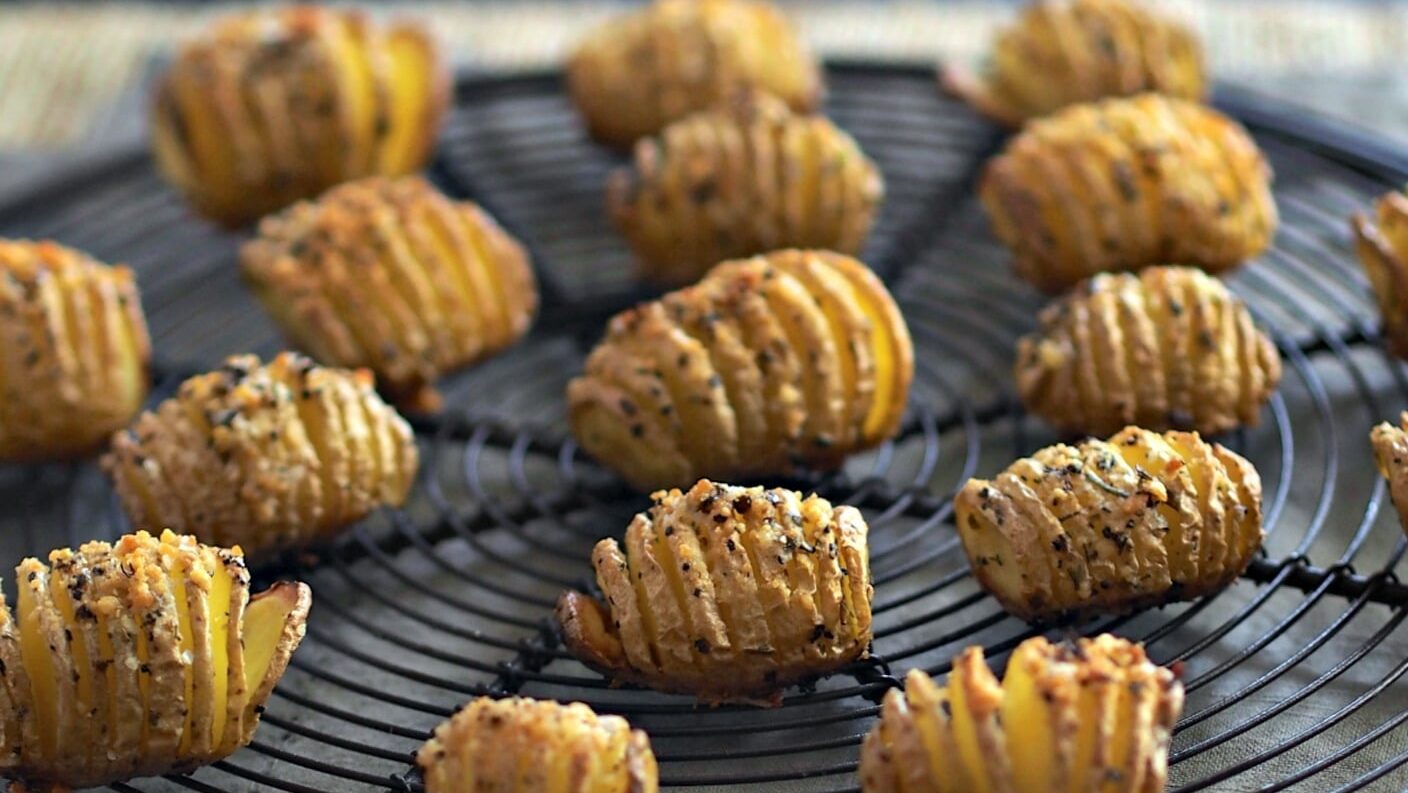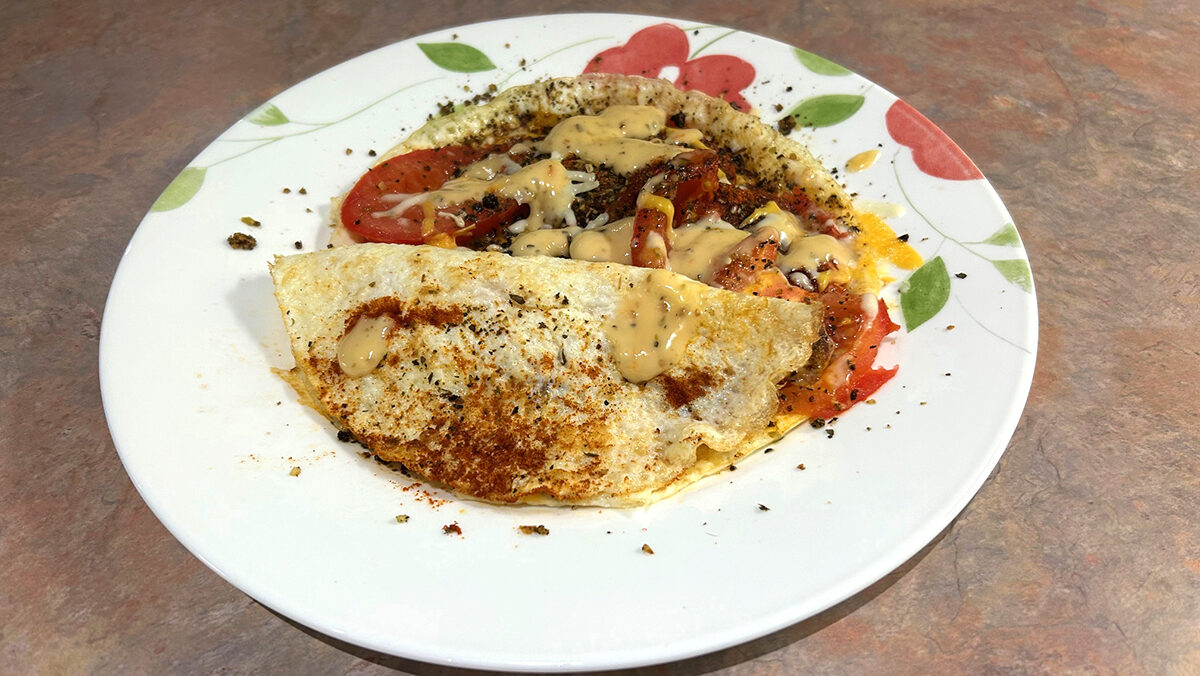
According to their research, consumption of three to six drinks (a drink roughly equating to one bottle of beer, one glass of wine, or one shot of a spirit) per week presented a moderate risk; seven or more drinks presented a high risk.
Calls for a reduction in how much alcohol Canadians consume have stirred up annoyance and criticism. Prior to the release of this final report, Brock University Health Sciences Professor Dan Malleck wrote in The Hamilton Spectator about how the CCSA's assertions are “alarmist” and that “The organization blatantly ignores the vast library of research that has shown, repeatedly and under various conditions, that moderate alcohol consumption is productive of a longer life than abstinence.”
While there isn't unanimous agreement about these guidelines, it is true that our health would benefit from moderation. In the lead-up to Christmas, alcohol consumption skyrockets, with social engagements every night of the week for some. At this time, you can probably sense your tolerance to alcohol going up. We have parties, dinners with family, Christmas itself, catching up with friends at a pub or bar, and then New Year's Eve. What used to make you feel rough the next day now leaves you unscathed, which is a bit surprising.
The reality is that socializing often centres around food and alcohol. That's integral to many cultures, Estonian culture no less. The drinks are festive. They're flavourful. Sometimes they warm us up. And they often help us relax.
So how can you replace an alcoholic beverage with a non-alcoholic one while retaining these enjoyable qualities? Consider the following options.
Hot toddy: This classic winter drink's core ingredients are hot water, honey, lemon juice, and whiskey, ideally Bourbon. But if we're going to cut out Bourbon from the mix, let's use something that's both Canadian and Estonian in its feeling—Cardamom maple syrup! If Estonians can put kardemon on vastlakuklid (whipped cream buns), what's to stop us from putting it in a drink, too?
You can make this at home pretty quickly. Put one cup of maple syrup into a saucepan and keep it over medium heat until it starts to bubble a bit. Then drop a teaspoon of ground cardamom in and stir well.
This should make about five shot glasses worth of cardamom maple syrup, so once you get the infusion of hot water, honey, and lemon juice ready, you can mix it all together for you and your friends. Bring a thermos of it out for a day of skiing or sledding and you won't diminish your performance.
Ginger cran: We could've called this an “oddka” cranberry, but sadly that term is trademarked. Regardless, the vodka cranberry, the Cape Cod, or the “Rolling Estonian” (this last one sometimes has ginger ale and club soda added) is a refreshing choice. The change-up is simple here. In place of vodka, you can pour in part of a bottle of ginger beer; the amount you put depends on how spicy or smooth you want the mocktail to be.
Kali: This is one great example of a festive drink that doesn't require re-inventing. Kali, also known as kvass, has long been consumed by Estonians, made from fermented rye bread. Kali typically has an alcohol percentage of 1.5%, thus making it considered non-alcoholic.
It's fizzy and somewhat sour. What's more, kali has abundant amounts of vitamin B12, iron, manganese, niacin, and the kind of bacteria that promotes healthy digestion.
Go to a store like Ontario Fresh & Tasty (99 Advance Road, Etobicoke) and one can find products like Rīgas Kvass, made by the Latvian company Gutta. However, be aware that some products emulate the flavour of kali but don't use the same traditional preparation technique.
If you're up for a little bit of home brewing, Jennifer Walker from Gastro Obscura suggests a method that you can use to make this drink. She writes, “boil slices of rye bread until they’re soft, allow them to cool, and add yeast, sugar, and maltose. Leave the mixture to ferment for a day, then sieve it through a cheese cloth. Some people may add a little lemon juice or even raisins to the finished brew.” The quantities you use are up to experimentation and vary a bit from recipe to recipe, but you can try using two litres of water, a teaspoon of yeast, a whole loaf of bread (a forgotten one that's gone stale for instance), a quarter cup of sugar, and a quarter cup of maltose.
You may raise your eyebrow at the ingredient listing, but you can actually find these items without too much fuss. Maltose, or malt syrup, can be found at stores like Whole Foods, Chinese grocery stores (ask for mài yá táng), or on Amazon. Look for yeast in the baking aisle of your local grocery store.
Do you have your own drink ideas? Send them to us at digitaleditor@eestielu.ca !



